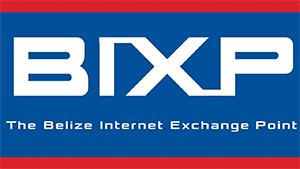LACNIC On the Move Belize 2021 Agenda
Wednesday 4
| Time (Belize) | Activity | Speaker | |
|---|---|---|---|
| 09:00 | Opening | Oscar Robles and Etienne Sharp | Video |
| 09.15 | Status of IP Address Requests
The purpose of this section is to explain how to request IPv4 and IPv6 addresses and ASNs. Here we will detail how the IPv4 waiting list works and how to request an IP address transfer in light of IPv4 exhaustion. |
Gianina Pensky | Video |
| 09.45 | Break | ||
| 09.55 | CDNs – Facebook Edge. Serving traffic effectively to people
Facebook has worked in the last years to grow its global footprint at a very fast pace, building POPs and deploying its caching solution (FNAs) to connect to multiple Internet Service Providers (ISPs) around the world so People can access content with the best performance to all Facebook applications (Facebook, Instagram, WhatsApp). This presentation will provide an overview of how Facebook infrastructure works and how it has evolved during the years. |
Diego Domínguez | Video |
| 10.25 | Break | ||
| 10.35 | IPv6 for Decision Makers
This workshop is geared towards decision makers within the ICT sector. The workshop will present the basics of IPv6, its importance for Internet development, and business cases that show that IPv6 is the best solution to the problem of address scarcity from the technical and commercial point of view. |
Alejandro Acosta | Video |
| 11.10 | Break | ||
| 11.20 | IPv6 for Decision Makers | Alejandro Acosta | |
| 12.05 | Break | ||
| 12.15 | Cybercrime trends LAC region
Nowadays the security context has grown too complicated, information and infrastructure are critical assets for all the organizations and knowing how to protect them has become a critical process. In this session we will address how using our statistics and participating in our projects could help analysts respond better to security incidents and become more proactive when securing their systems. |
Graciela Martínez | Video |
Thursday 5
| Time (Belize) | Activity | Speaker | |
|---|---|---|---|
| 09:00 | DNS / DNSSEC Workshop
The goal of this activity is to provide hands-on experience on some of the concepts of DNS and DNSSEC. Participants will review how to configure recursive and authoritative servers and learn the basics of troubleshooting and monitoring.
|
Carlos Martínez and Nicolás Antoniello | Video |
